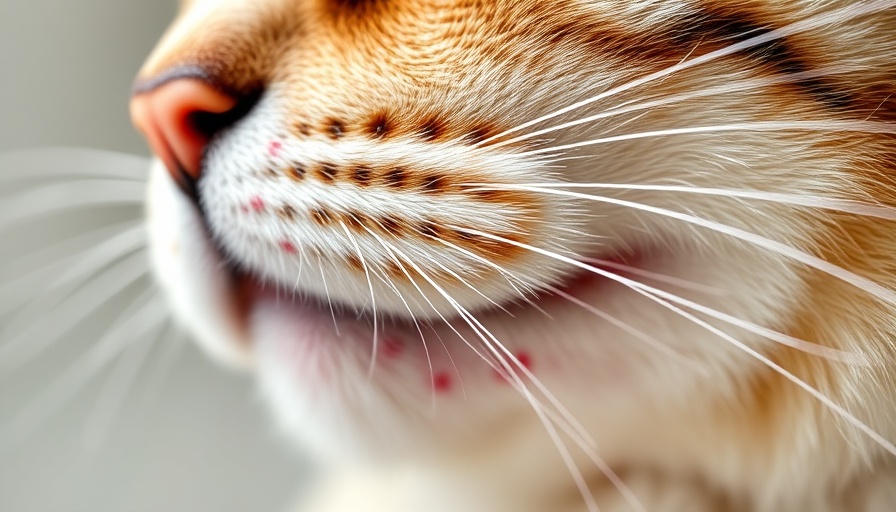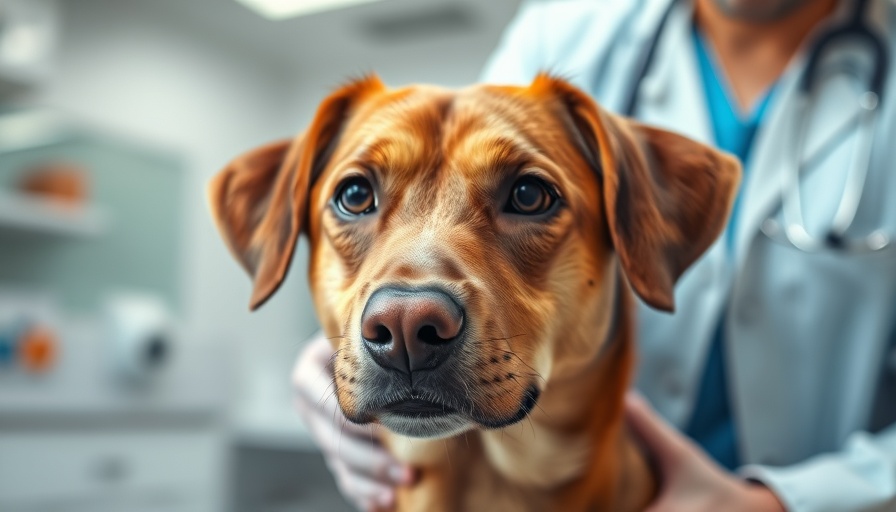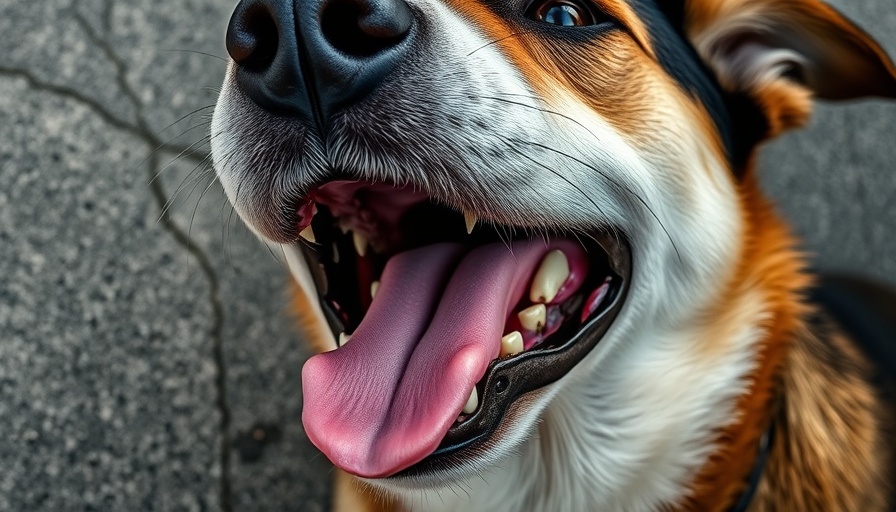
Understanding Feline Acne: A Closer Look
When caring for your feline friend, noticing tiny, dark specks on their chin that won’t wash off can be alarming. Often referred to as chin acne, this condition can resemble dirt but is a symptom of a more significant issue. Understanding feline acne is crucial not just for aesthetics but also for your cat’s overall health.
What Is Feline Acne and What Causes It?
Feline acne, or chin acne, is primarily characterized by clogged hair follicles on the chin area, resulting in blackheads and potentially painful lesions. Generally prevalent in cats that have longer fur or those that suffer from skin folds, feline acne can lead to severe symptoms like oozing sores if left untreated.
The exact cause of feline acne is not definitively known, but there are several contributing factors:
- Excessive Oil Production: Overactive sebaceous glands cause an increase in sebum which can clog hair follicles.
- Dermatitis: Contact dermatitis may arise from irritants that your cat rubs against, while atopic dermatitis can trigger allergic reactions.
- Grooming Habits: Cats that are poor groomers may be more susceptible to developing acne due to trapped oil and debris.
- Food Allergies: Cats may react to certain foods or food bowls (especially plastic ones) that could aggravate their skin.
- Stress: Just like humans, stress can manifest in various health issues in cats, including skin problems.
Recognizing Symptoms of Chin Acne
Identifying the signs of chin acne is essential for early intervention. Some typical symptoms that pet owners should watch for include:
- Blackheads or small dark bumps on the chin
- Redness and swelling around the affected area
- Open sores that may ooze or bleed due to infection
- Itchiness that causes cats to scratch or rub their chins
- Possible hair loss around the chin area
Diagnosing and Treating Feline Acne
Proper diagnosis involves a veterinarian conducting physical examinations and ruling out similar skin conditions such as mange or fungal infections. Once diagnosed, treatment can begin, which often includes:
- Cleaning: Regular cleansing with diluted antiseptic solutions can help remove debris and keratin buildup.
- Medication: In cases of severe infection, your vet may prescribe antibiotics or topical treatments to alleviate symptoms.
- Dietary Changes: Transitioning to non-plastic food and water bowls can prevent allergies that exacerbate acne.
- Environmental Management: Keeping your cat's environment clean and stress-free can help mitigate reoccurring outbreaks.
Preventing Feline Acne: Proactive Measures
While feline acne can recur, pet owners can take steps to prevent its occurrence. Maintain good hygiene by cleaning food and water dishes regularly and ensuring the chin is wiped clean after meals. Avoiding plastic bowls, which can cause allergic reactions, is also recommended. If you notice the signs of acne developing, early intervention is key to preventing more severe outbreaks.
Conclusion and Call to Action
Understanding feline acne empowers pet owners to provide better care for their furry companions. Regular monitoring and hygiene can ensure that your cat stays happy and healthy. If your cat shows any signs of chin acne or if you're uncertain about your cat's health, consult a veterinarian immediately. It's essential to prioritize your pet’s health, and the earlier conditions are addressed, the easier they are to manage.
 Add Row
Add Row  Add
Add 




Write A Comment